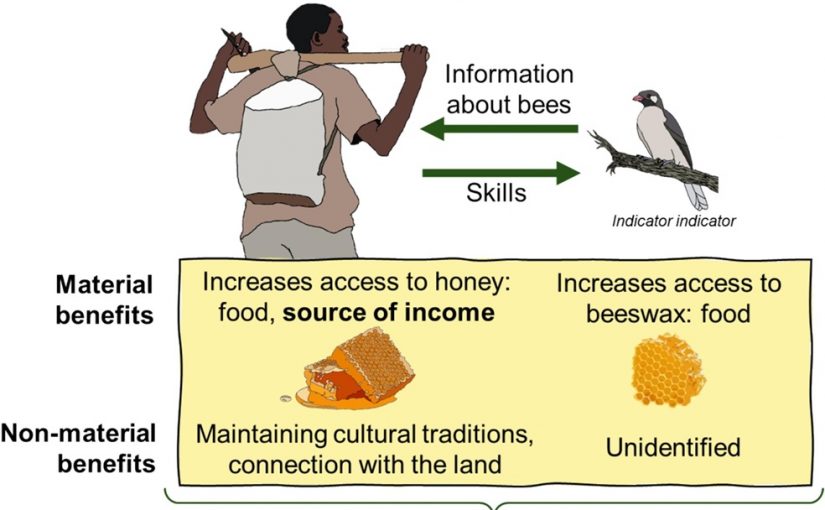Mozambique: 'Clear indications' terrorists have left Niassa - ANAC | Watch
Honey hunters in Mozambique use honeyguide birds to locate 75% of their harvest, study finds

Image: Ecosystem Services (2025). DOI: 10.1016/j.ecoser.2024.101696
A team of ornithologists from the University of Cape Town, in South Africa, and wildlife managers with the Niassa Carnivore Project, in Mozambique, has found that honey hunters in northern parts of Mozambique use honeyguide birds to find approximately 75% of their annual harvest. In their study, published in the journal Ecosystem Services, the group interviewed honey hunters in Niassa, in northern Mozambique, and also consulted records going back two decades.
Eating honey in Mozambique has a long history, with the people living there relying on the nutrient-rich fluid most particularly during years when there are problems growing crops, such as during droughts. Because of that, a tradition of honey hunting has arisen, comprising a group of specialists who find wild honeybee hives and collect the honey.
Over time, these specialists have learned that a certain type of small bird known as a honeyguide likes to eat beeswax, and they are better at finding the hives. Honey hunters have taken to following the birds, resulting in greater hive location success.
In this new study, the research team wanted to know how reliant the honey hunters have become on the honeyguides. To find out, they travelled in 2019 to Niassa and spoke to 141 of them living in 13 villages. More recently, they analyzed records kept by community wildlife guardians who keep track of and protect wildlife in the local area. Such records, the researchers found, included tallies of honey collected over the past 20 years.
The researchers found that there are approximately 500 honey hunters in the area, who together collect approximately 14,000 liters of honey each year by following the honeyguides. The harvest is valued at more than U.S. $40,000. They also found that approximately 75% of all the collected honey was found via assistance from the honeyguides.
The research team notes that such assistance is vital to the health of the community, as incomes in the area are very low—many people make less than U.S. $2 a day, which indicates that honey collecting is a lucrative profession.
- More information: Jessica E.M. van der Wal et al, The economic value of human-honeyguide mutualism in Reserva Especial do Niassa, Moçambique, Ecosystem Services (2025). DOI: 10.1016/j.ecoser.2024.101696












Leave a Reply
Be the First to Comment!
You must be logged in to post a comment.
You must be logged in to post a comment.